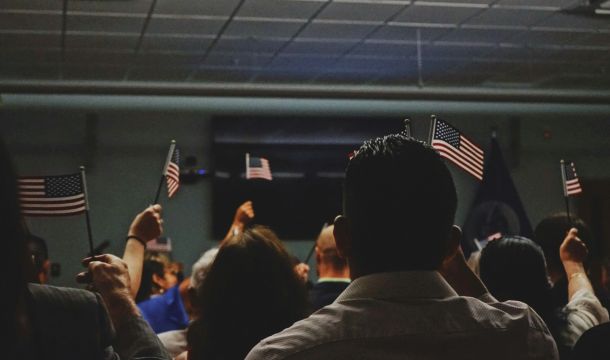USDOL PROPOSES REGULATIONS FOR MANDATORY PAID SICK LEAVE
Having declared a minimum wage hike to $10.10 per hour for Federal contractor employees by Executive Order in 2014, President Barack Obama followed up in September 2015 with another Executive Order requiring those same Federal contractors to establish paid sick leave programs for their employees. On February 25, 2016, the U.S. Department of Labor published proposed Notice of Proposed Rulemaking (NPRM) detailing regulations to implement that policy.
Provisions: The Executive Order requires most employers that contract with the Federal Government to provide their employees with up to seven (7) days of paid sick leave annually, including for family care and absences resulting from domestic violence, sexual assault, and stalking. The program would affect approximately 437,000 workers who currently do not have paid sick leave.
Covered employers would include Federal contractors with (1) procurement contracts for construction covered by the Davis-Bacon Act (DBA); (2) service contracts covered by the McNamara-O’Hara Service Contract Act (SCA); (3) concessions contracts, including any concessions contracts excluded from the SCA by the Department’s regulations at 29 CFR 4.133(b); and (4) contracts in connection with Federal property or lands and related to offering services for Federal employees, their dependents, or the general public. Excluded are (1) grants; (2) contracts and agreements with and grants to Indian Tribes; (3) any procurement contracts for construction that are not subject to the DBA (i.e., procurement contracts for construction under $2,000); (4) any contracts for services, except for those otherwise expressly covered by the proposed rule, that are exempted from coverage under the SCA; and (5) contracts for the manufacturing or furnishing of materials, supplies, articles, or equipment to the Federal Government. The term "contract" broadly includes all contracts and any subcontracts of any tier thereunder.
All employees of covered contractors would be included, even employees who qualify for an exemption from the FLSA minimum wage and overtime provisions. There is a narrow exemption for employees who perform duties necessary to the performance of a covered contract but who are not directly engaged in performing the specific work called for by the contract and who spend less than 20 percent of their hours worked in a particular workweek performing work in connection with such contracts.
Under the proposal, employees would accrue not less than one hour of paid sick leave for every 30 hours worked on or in connection with a covered contract, to be calculated at the end of each workweek. Alternatively, a contractor could provide an employee with at least 56 hours of paid sick leave at the beginning of each accrual year. Employers would have to inform employees in writing, at least monthly, of the amount of paid sick leave they have accrued. The NPRM sets out in great detail requirements for carryover, caps, and reinstatement rights. Acceptable reasons for employees to use paid sick leave include physical or mental illness, injury or medical condition, and to care for family members, which have a broad definition including "any other individual related by blood or affinity whose close association with the employee is the equivalent of a family relationship."
Just about the only good news for a covered contractor under this program is that they will not be required to pay employees for accrued, unused paid sick leave at the time of separation from employment. A mechanism is set up for employees to file complaints with USDOL's Wage and Hour Division if they feel they have been unfairly denied leave.
Comments: As with the Federal contractor minimum wage hike and affirmative action under EO 11246, this is another move to impose policy goals on a sector of the economy that is directly subject to Executive control. It will increase the administrative burden on covered employers, but at the end of the day, their bids will reflect this increased cost so the only person really footing the bill for this new benefit will be the American taxpayer.
The NPRM is available at www.regulations.gov and at the WHD Website. The NPRM invites interested parties to submit written comments on the proposed rule electronically at www.regulations.gov, or by mail. The docket ID number is 1235-AA13. Only comments received during the comment period identified in the version of the NPRM published in the Federal Register will be considered part of the rulemaking record.
Related Content
Get Email Updates
Recent Content

Update of Work Authorization Immigration Status as of October 8, 2025

Workplace Investigations Largely Shut down, but Courts Remain Open during Shutdown for Now

Kirk’s Killing Cautions Employers To Consider Speech Policing

Trump Nominates Appointments to NLRB and EEOC but Policy Changes Likely to Be Delayed

DOL Launches Self-Audit Programs Designed to Help Employers Improve Compliance
